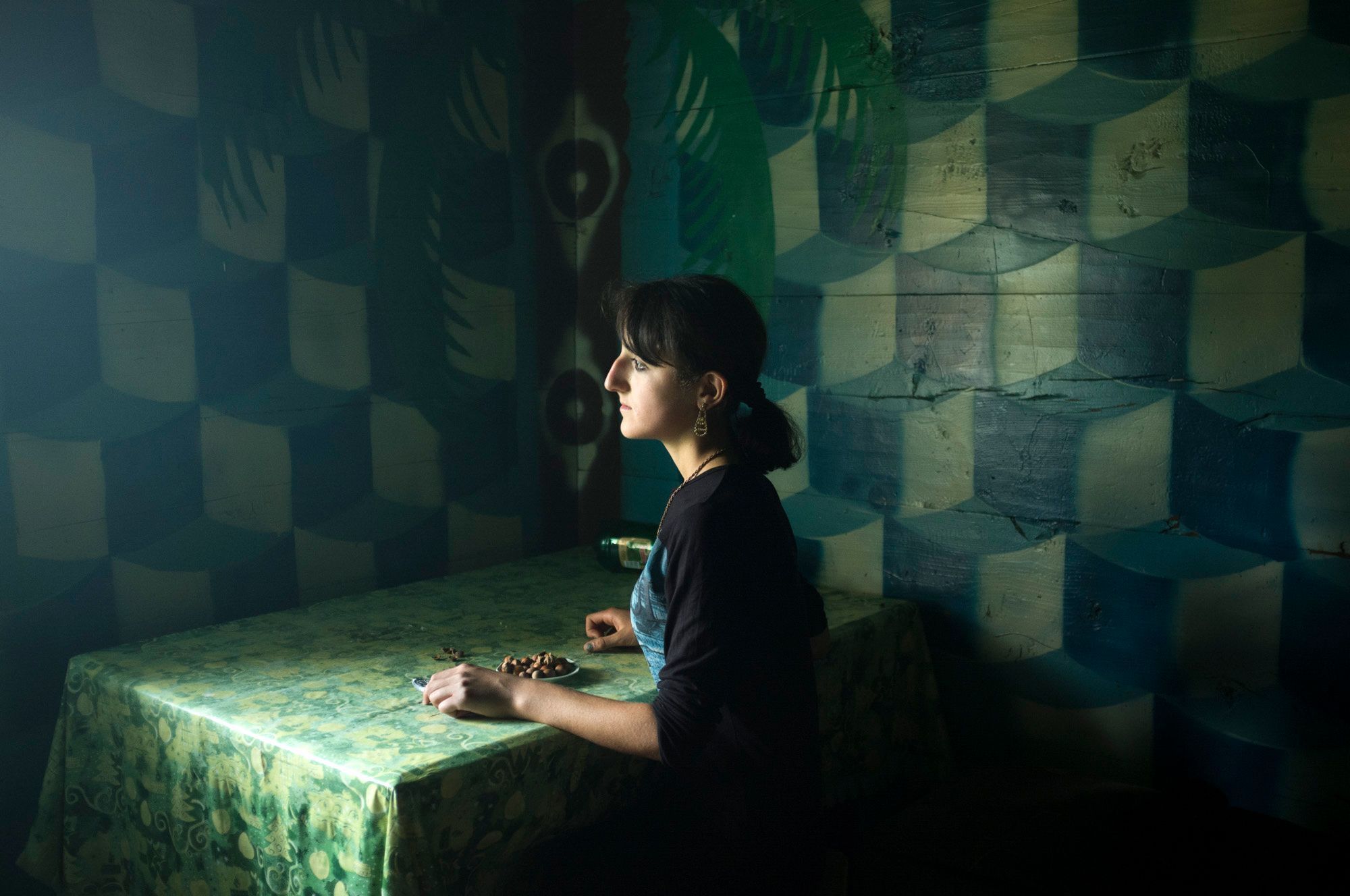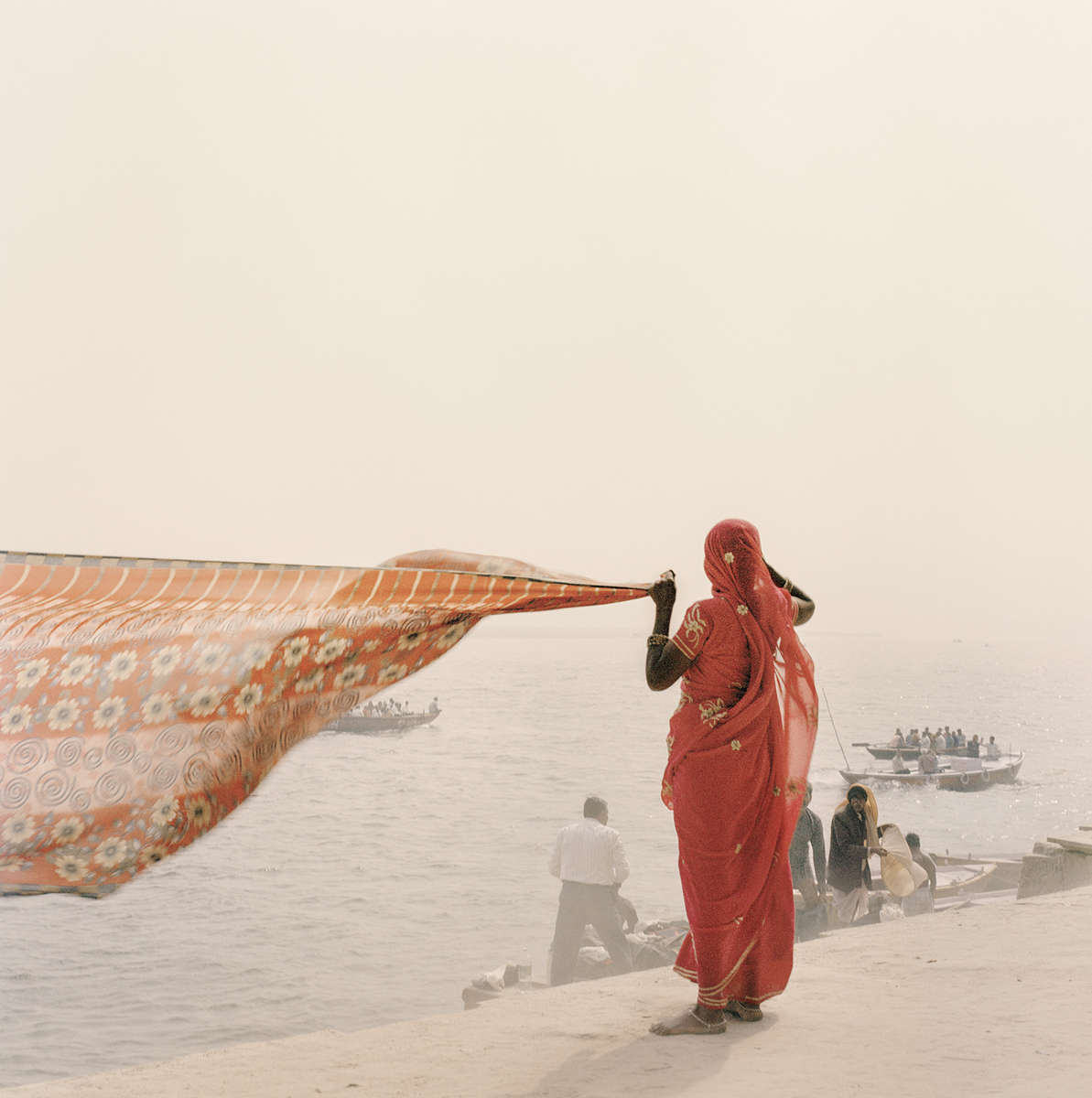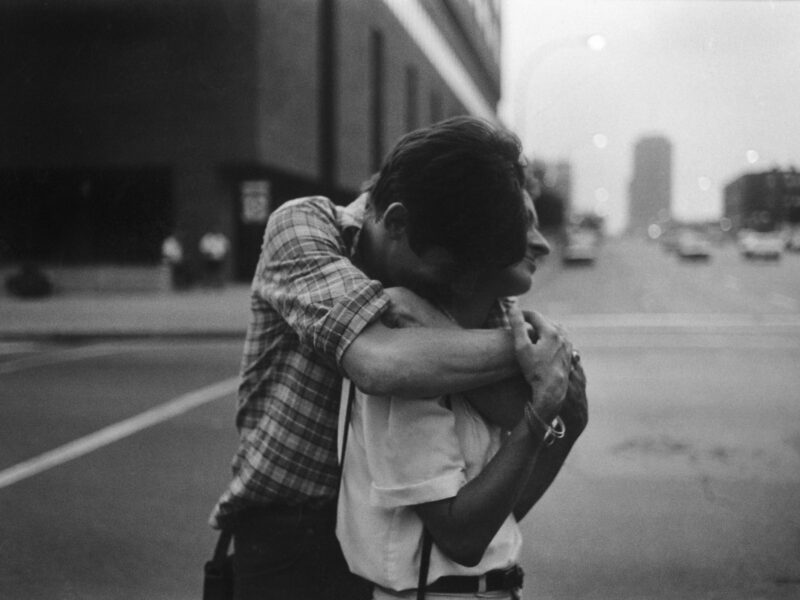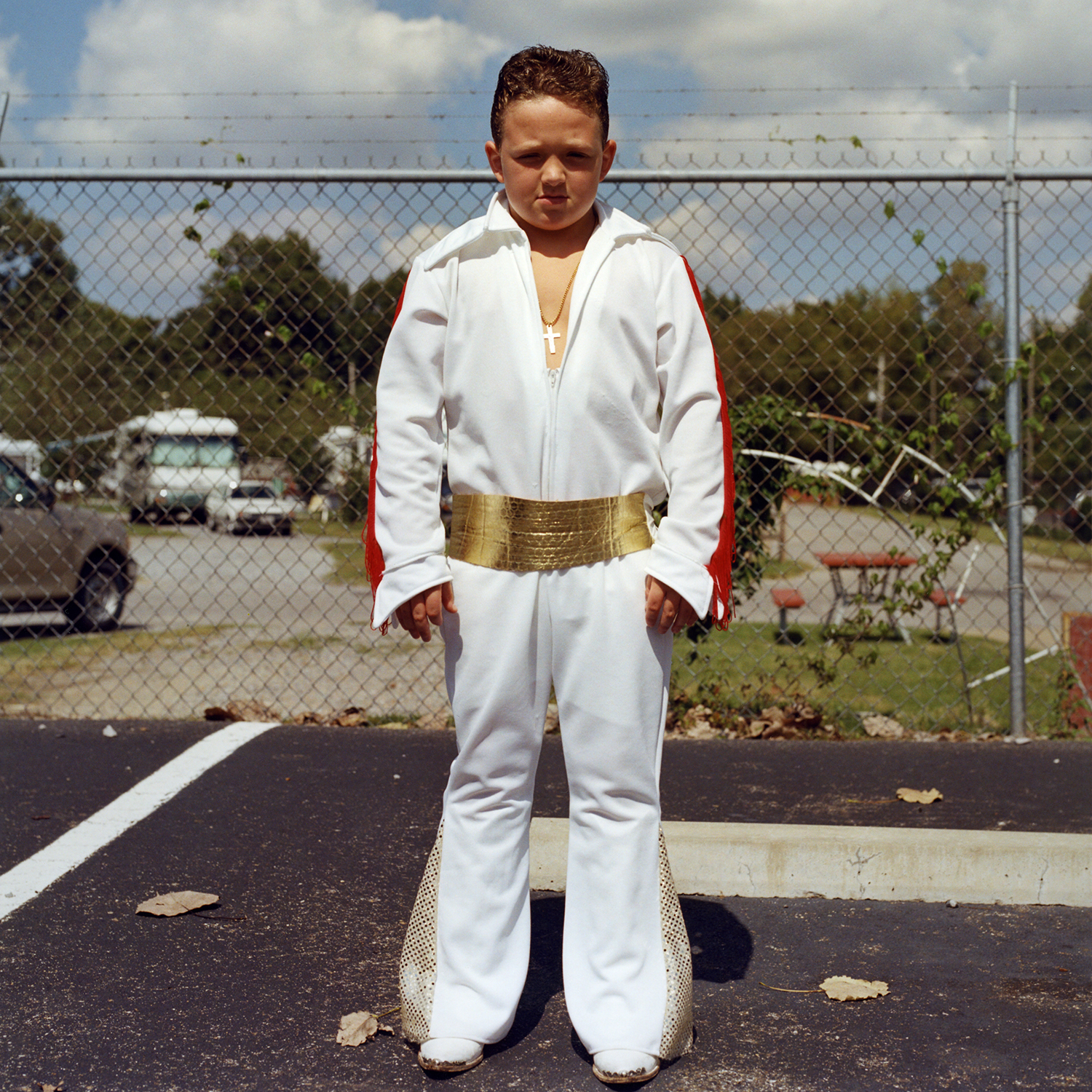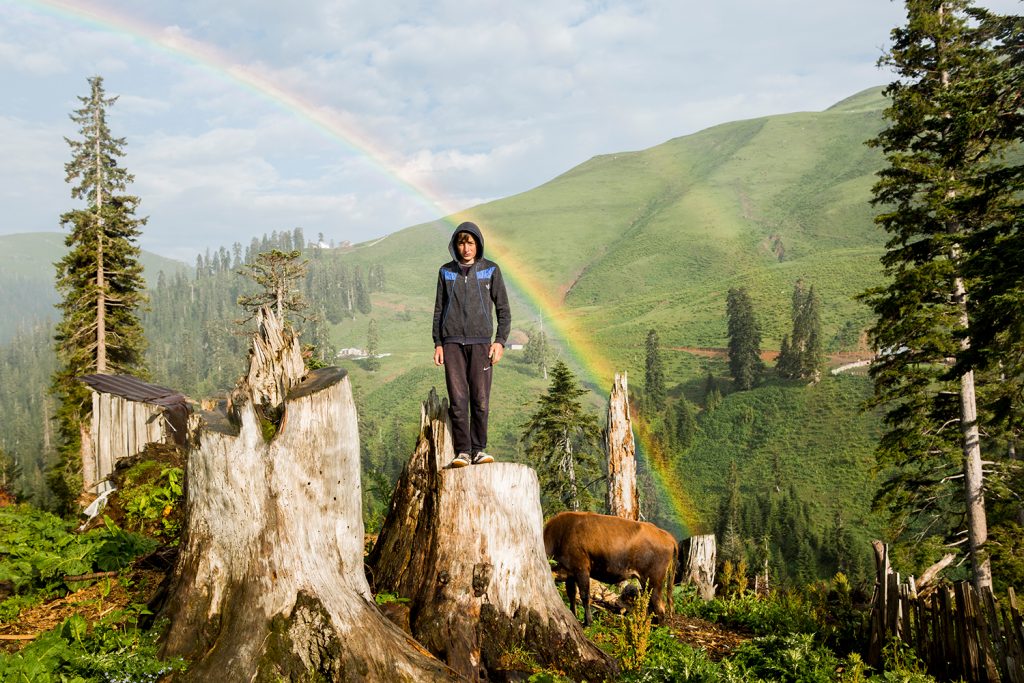
Can you tell me more about your project ‘’The Final Days of Georgian Nomads’’?
The Final Days of Georgian Nomads is a photo project about the nomadic community from mountainous Adjara in west Georgia. These are the people who live in the mountains and their main and sometimes the only source of income is livestock. They change the place of living four times per year and move up in the mountains and return back to the lowlands with their herds. This is a very special community that managed to preserve the unique lifestyle and traditions nowadays. But because of the economic problems and globalization locals are slowly leaving the areas, moving to the cities or abroad. With this project, I wanted to capture the daily lives and customs of these people and the changes that have been happening here really fast. I wanted to preserve what is being lost.
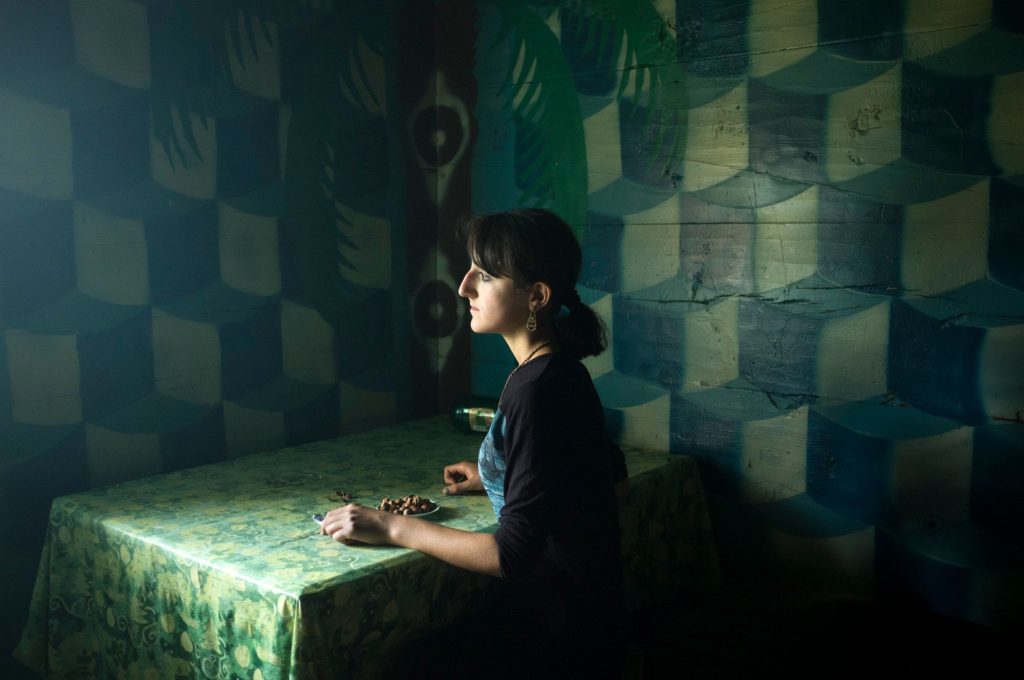
« One thing is to be interested in something but it’s completely different to start working on it as an artist. »
How did you start this photography project and how long have you been documenting the situation?
I’ve been working on this project for about 7 years now. I was always interested in this region, often read about its history and traditions. But despite my big interest I didn’t start working on it immediately. Before starting a project I always try to figure out whether or not it will work for me. One thing is to be interested in something but it’s completely different to start working on it as an artist. To figure this out I visited these places several times for a few days. I can happily say that it turned out better than I expected.
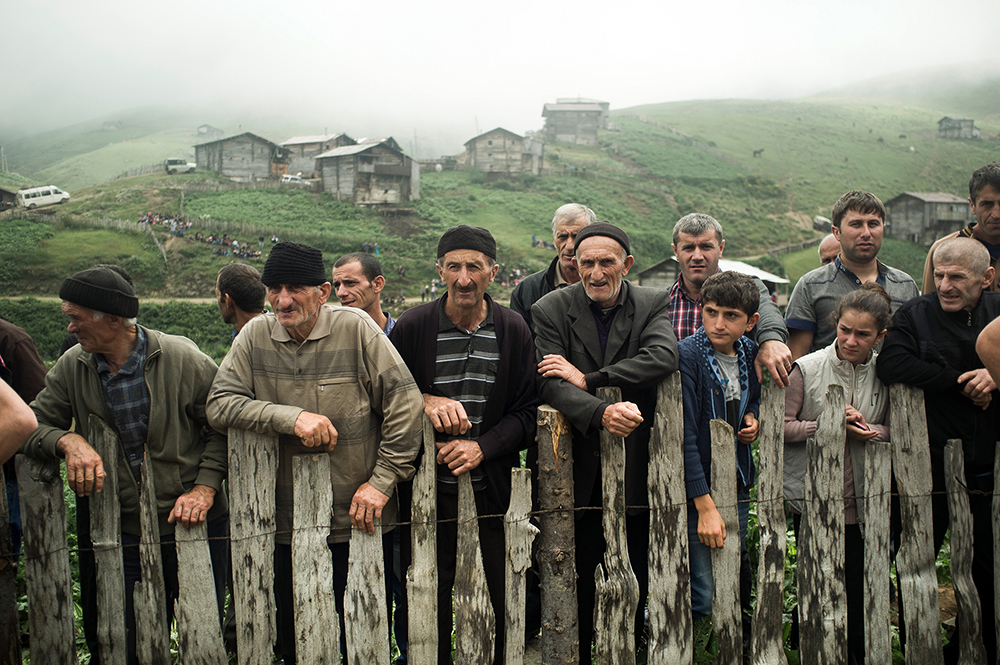

What was your first approach to these people? Were they defiant with your camera?
I usually spent a lot of time with the people that I photograph. I get to know with them, their lives, their sorrows, and happiness. For me, communication with them is very important and then comes to photography. I think this process of communication helps me a lot, people get to know me, they are not shy, they understand my intentions and my attitude when I’m photographing them.

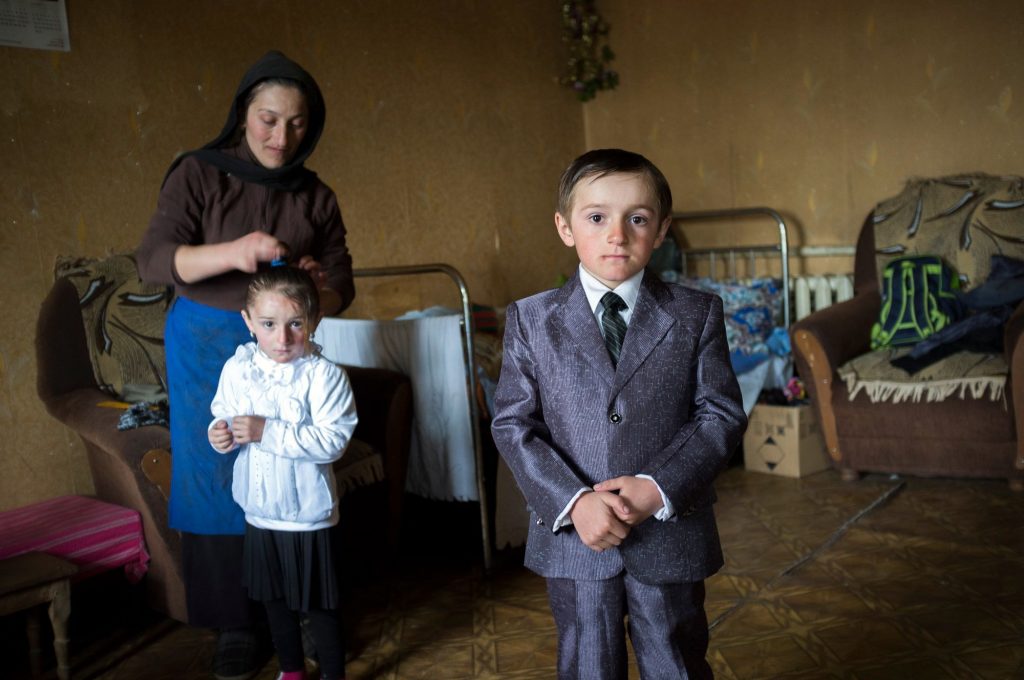
« I grew up in a similar environment as most of the people in my photos. I think this is one of the main reasons why I’m interested in these topics. »
Your work focuses on communities that tend to disappear and life in the countryside. What is your relation with them?
I was born and raised in a mountainous village, which I left when I was 16 to continue studying in Tbilisi. We had a house under the huge mountains near the forest. I grew up in a similar environment as most of the people in my photos. I think this is one of the main reasons why I’m interested in these topics. Unfortunately, my village shared the same faith as the communities from my projects – it’s almost empty now as most of the families left it and moved to the nearby cities.
This is what mountainous Adjara means to me, the people, the relationships. I spend a lot of time there even without a camera. I want to meet these people. When I arrive in a new village, sometimes the locals are surprised by how much I, an outsider, know them. They ask me: “How do you know our customs?” and I tell them that they’re very important to me. When I go back home, I think 50% of what I bring back are the photos, and the rest are the relationships that I’ve established with people along the way.
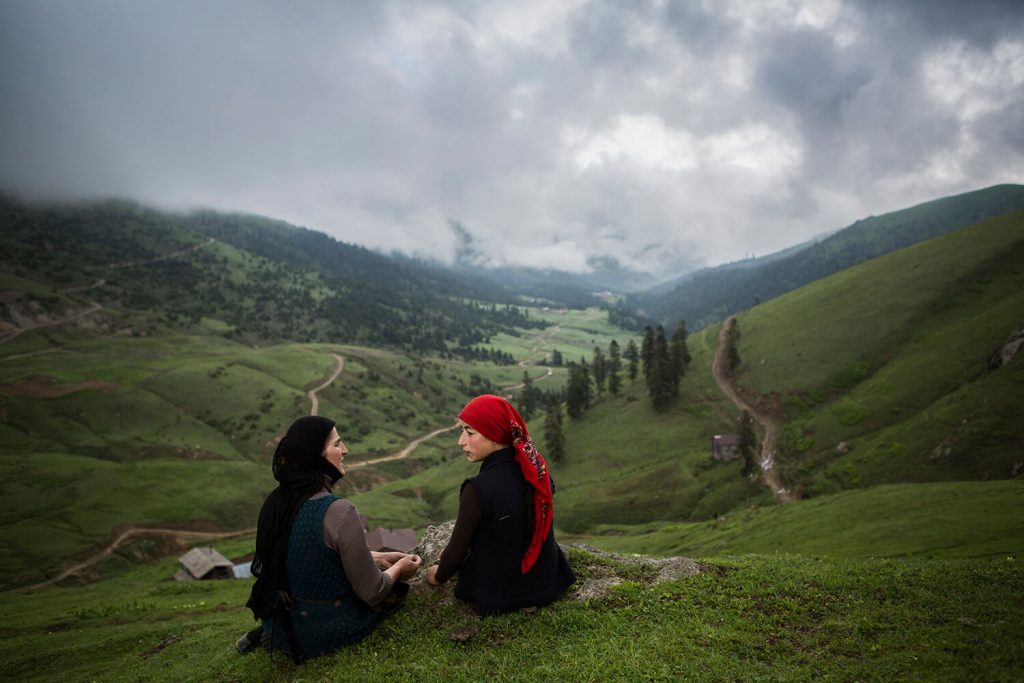
By documenting life in the villages you have been able to see its decline, and through your pictures, you can see the importance you attach to it. Do you feel a kind of pain at seeing the rural world disappear? Is it to help these people and this way of life that you have focused your photographic work on?
I’m repeating myself, but unfortunately, the unique lifestyles of these people are disappearing, and it affects me a lot. There’s a lot of causes for it. Often, people that I photograph don’t know who I am, and tell me “you don’t seem like you are from a city, you’re like one of us.” And I think that’s important for them, so they know that you’re not there just to take a photo and lose all interest afterward. I am not playing to win their hearts. I want to understand their lives fully. For the women, for example, it’s interesting to know how they get married. Some of them meet the bridegroom only at the engagement. It’s interesting to listen to them, to hear how their life goes after that.
It brings you closer to people when they see that you’re not playing, that their environment is familiar to you. If I started working in another environment, I think it would have been very different. These women start working very early on in their lives. Around age 10, a girl already knows how to perform all of the household tasks. Boys start early too. They’re very hard-working. It’s also a kind of a tradition. They can’t even imagine it otherwise. They’re tidy and fastidious. Unlike other places in Georgia. So sometimes what looks like hard labor for us is everyday life for them.

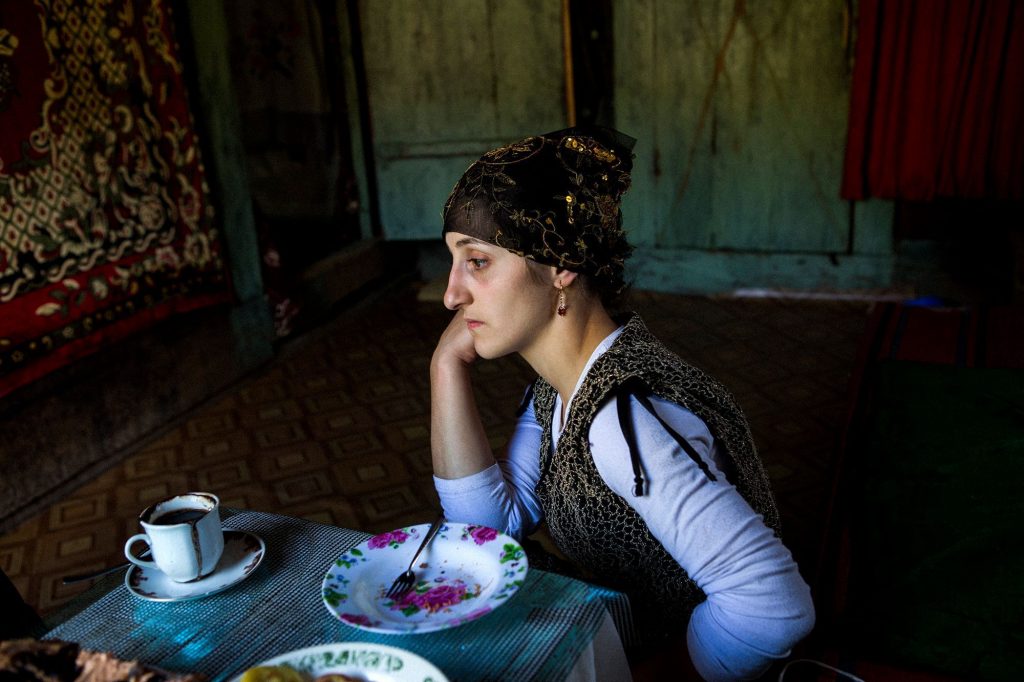
Can you explain more about your organization and process? What camera are you working with?
Right now I work with Canon 5d Mark III, but throughout these years while working on this project I had another camera too. Usually, before starting a project I do deep research for some time, learn about a place as much as possible, gather information from people and etc. After this I travel and stay there for several days, just to figure out whether or not it will work for me. If I feel that my expectations were right then I start visiting and photographing this place as often as I can.
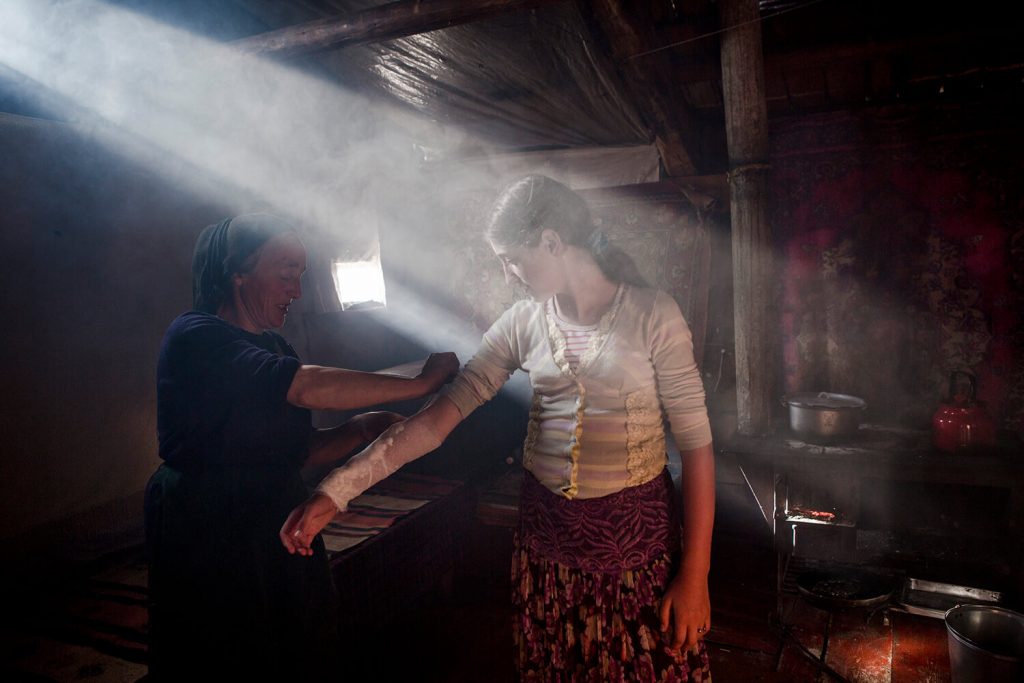
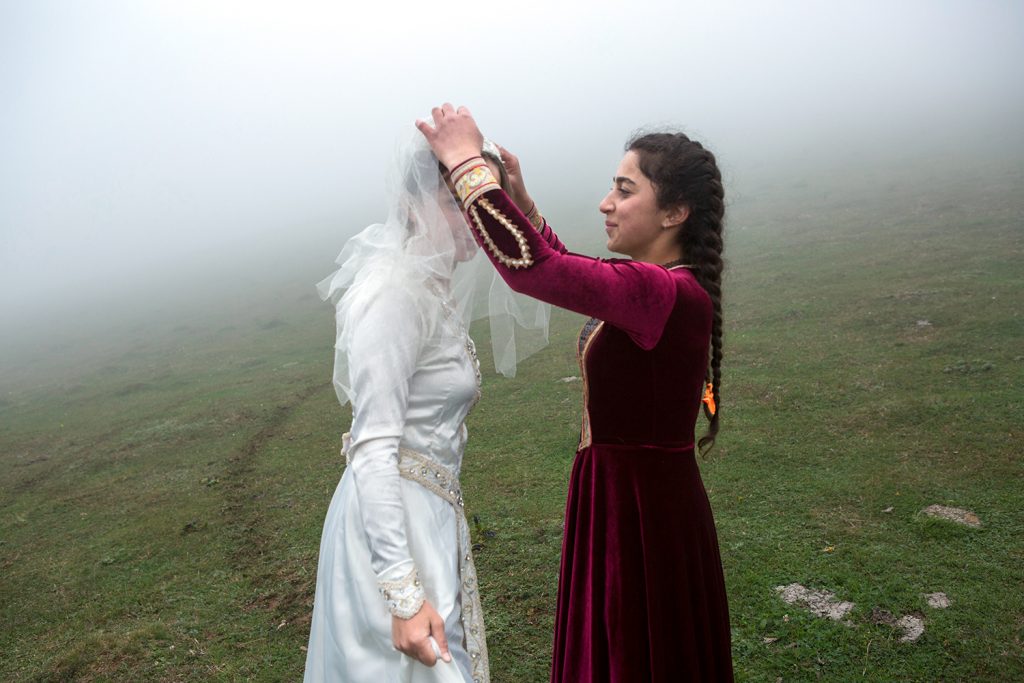
« Unfortunately, Georgian photographers have no support either from governmental or private institutions. »
How did you finance this project?
I finance my projects myself. I work a lot to save some money to travel later and work on my photo stories. Unfortunately, Georgian photographers have no support either from governmental or private institutions. That’s why it’s very difficult to work on long term documentary projects, especially in remote areas.
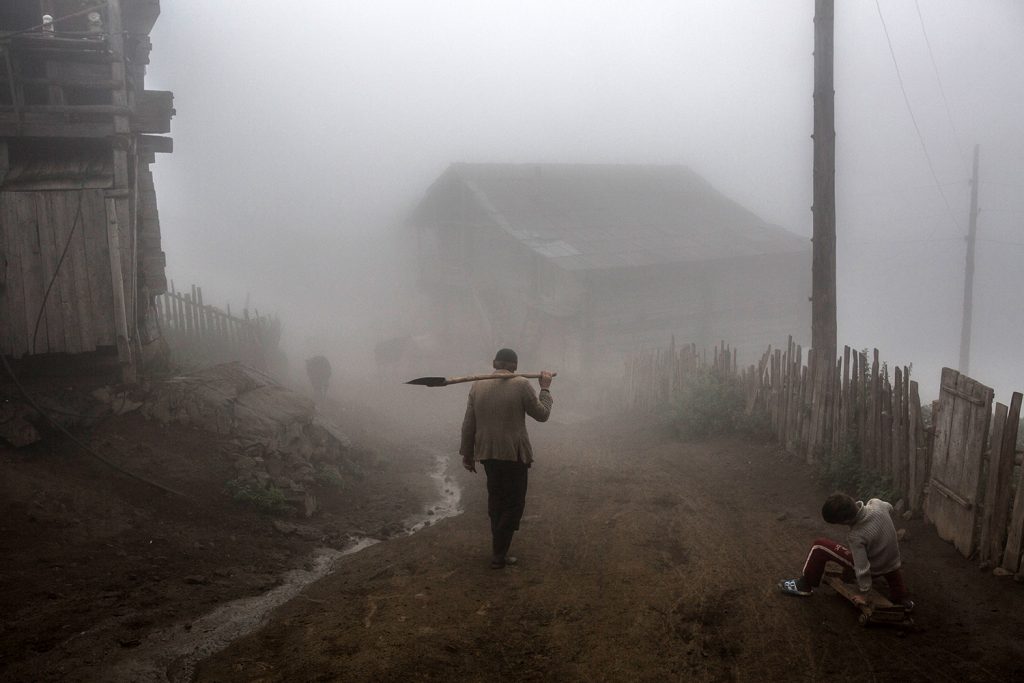
What about the photography clubs that you’ve created, can you tell us more about it?
I myself grew up in a village where nothing really happened, where nothing happens now. As time went by, I thought how nice it would be if someone taught me photography when I was younger. I was already older when I first held a camera because no-one around me had one when I was growing up. So I wanted to start teaching and did it first in Gorelovka. My main intention was to bring them closer to the arts so that their normal experiences would become extraordinary through photography. They’ve become very popular, and I’m asked to do it again. Now I’m going to do it with young people, in the pastures of Mountainous Adjara. It’s very good that people are interested in art.

What’s next for this project and what’s next for you? Are you on another documentary project?
I’m continuing to work on this project but I’m also going through some new ideas and two of them will be in a completely new environment for me – the city. I just have to see whether or not it will work for me.
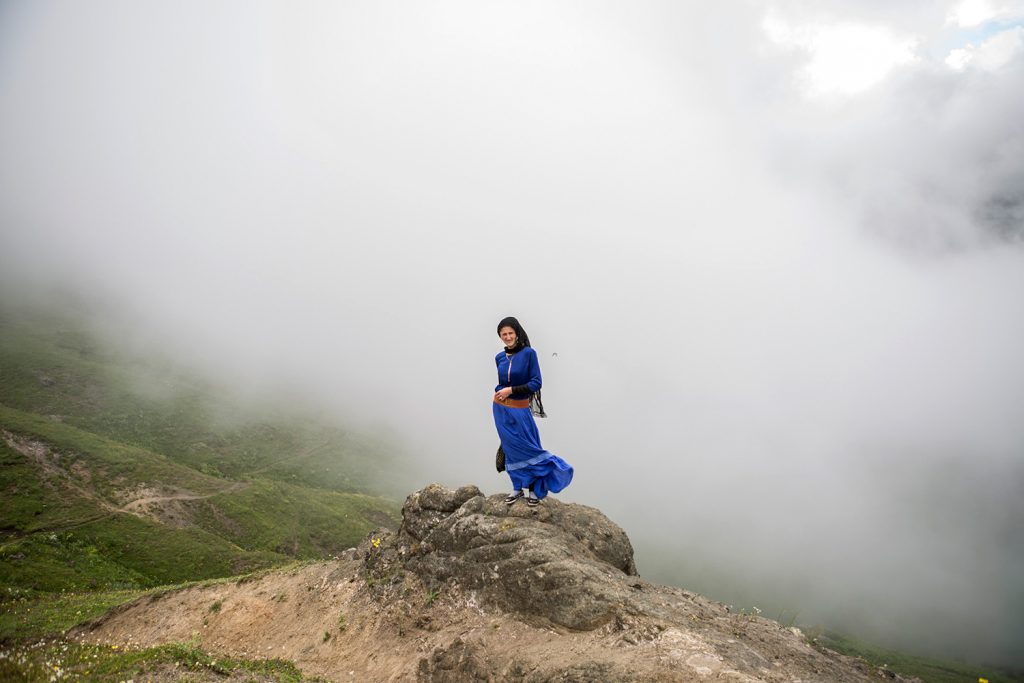
Your top 5 photobooks?
Robert Frank – Moving Out
Sebastião Salgado – Gold
Sohrab Hura – Life is elsewhere
Josef Koudelka – Gypsies
Stanley Greene – Open Wound: Chechnya 1994-2003.
Interview by Valentine Zeler
Photographer’s Links: Website – Instagram – Facebook

